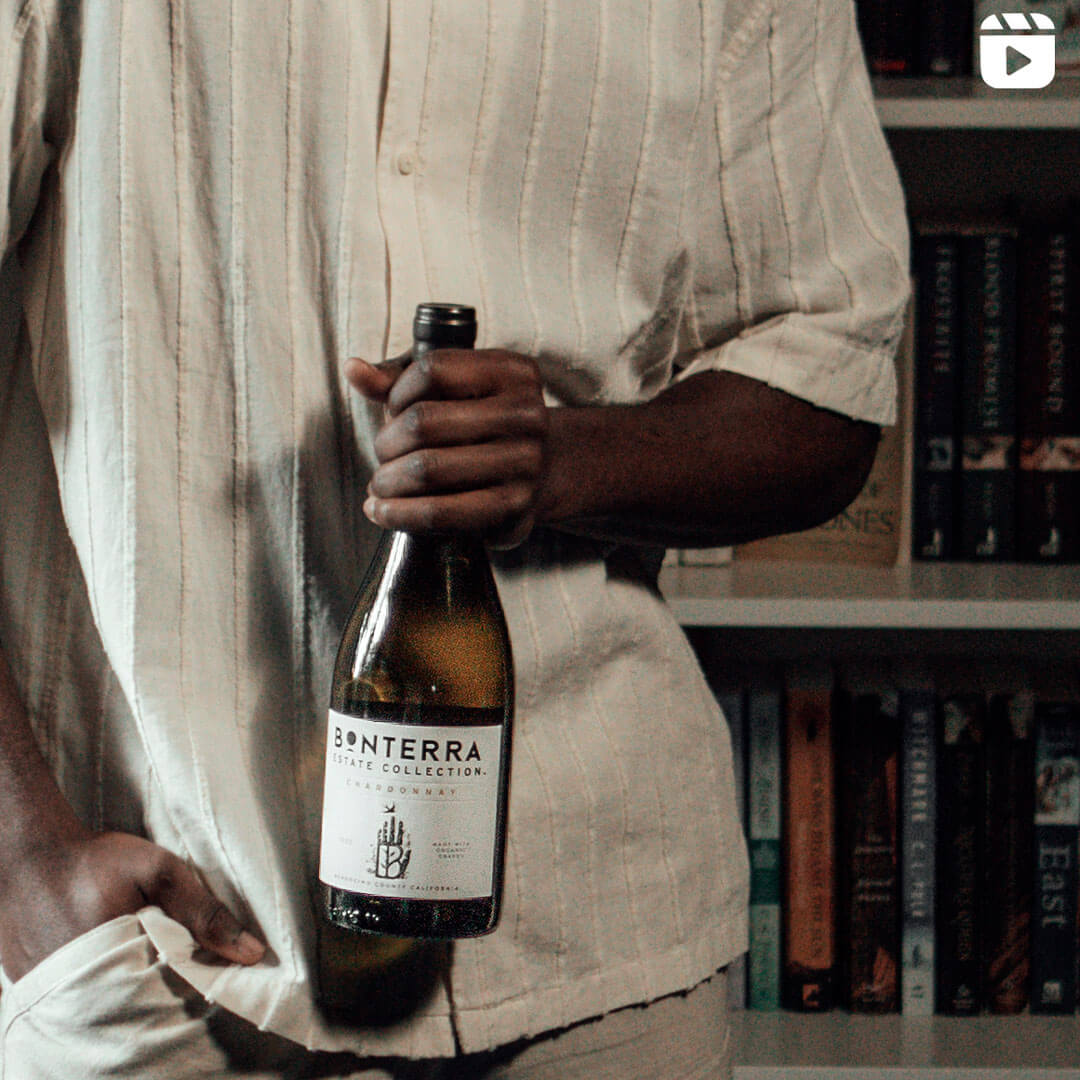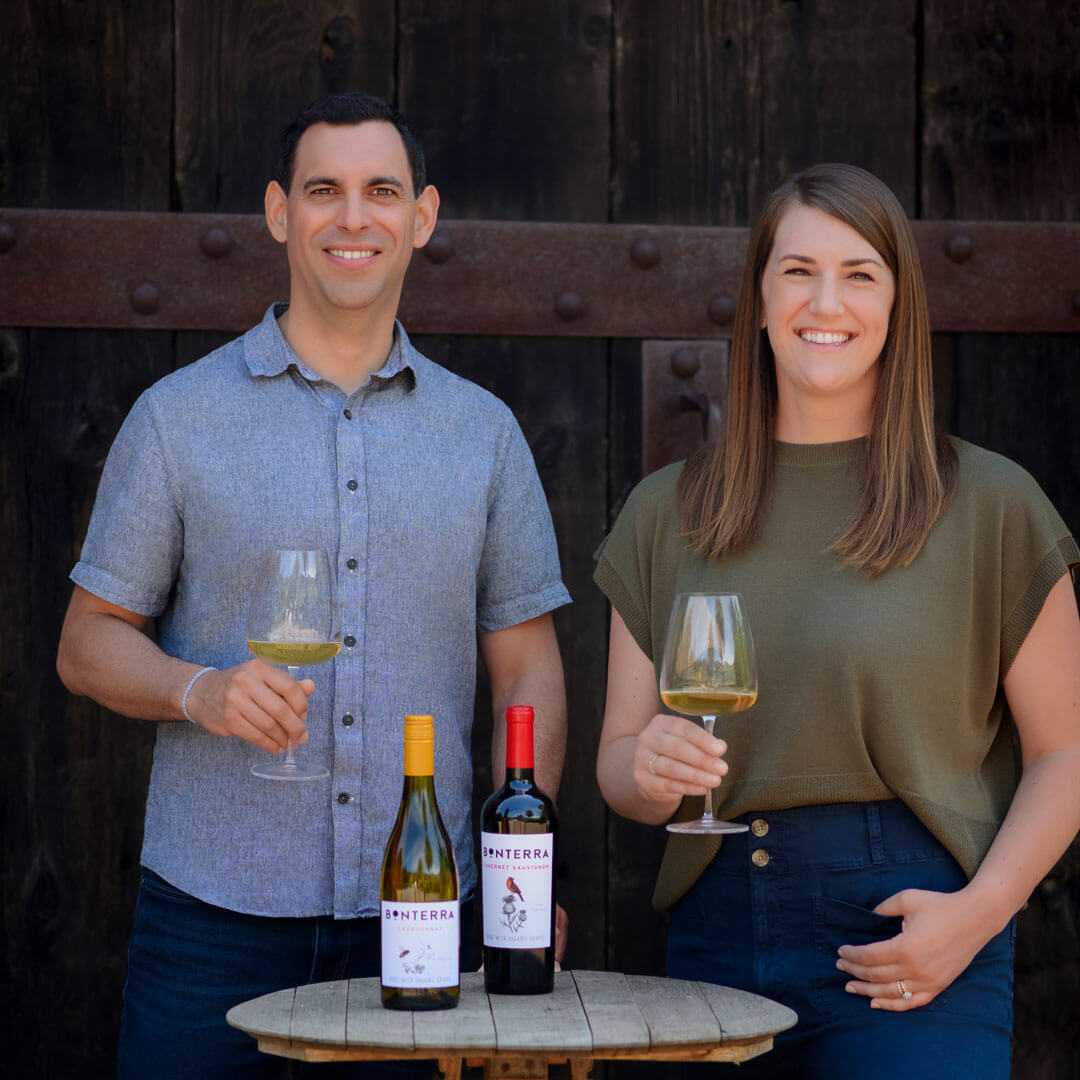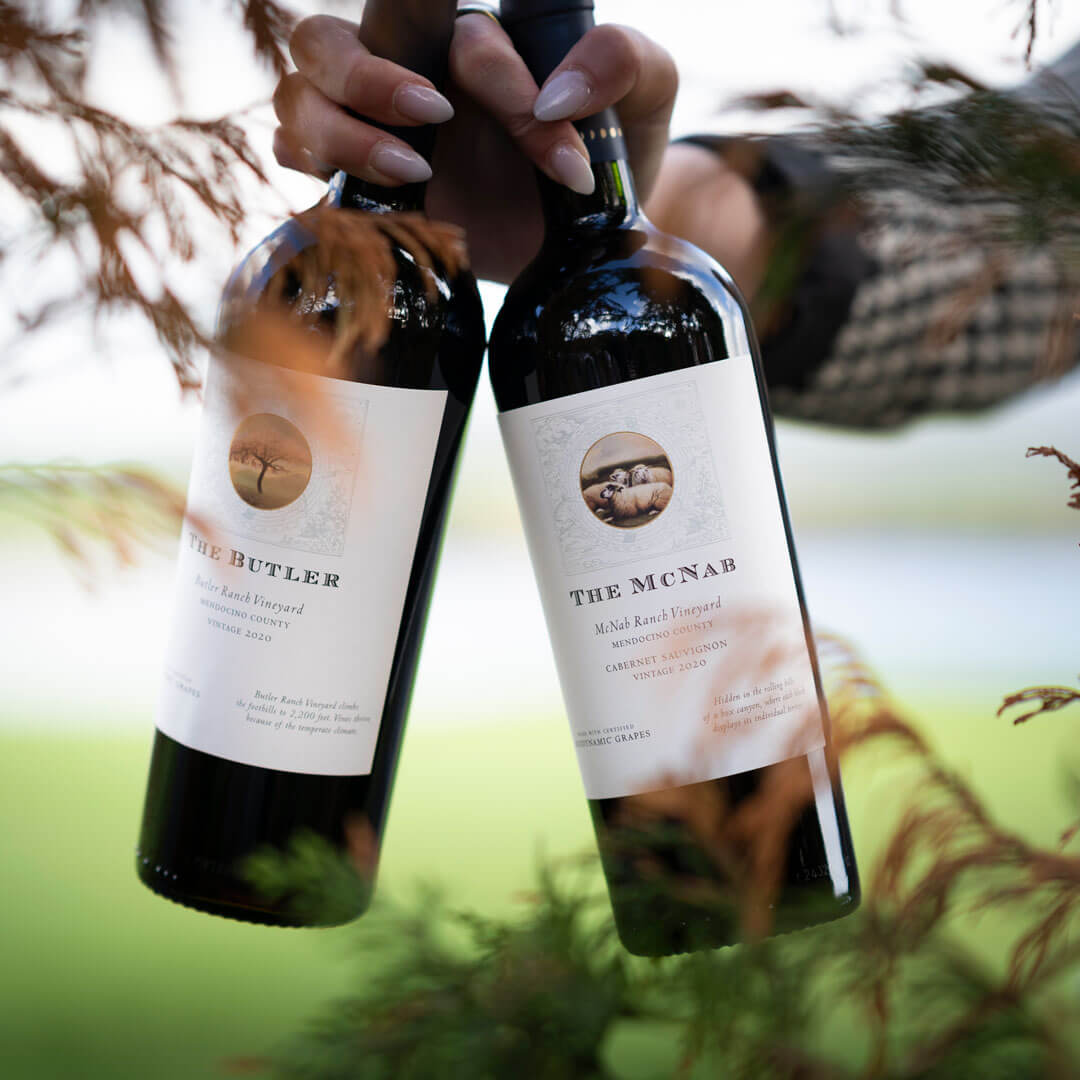Is Rosé Wine Sweet? A Comprehensive Guide to Its Flavor Profile
Between the realms of crisp whites and robust reds lies something that blushes—a spectrum of rosé wines that has transcended seasonal popularity to become a year-round choice for discerning palates. Yet among wine enthusiasts and curious newcomers alike, one question persists: Is rosé wine sweet? The answer, like the wine itself, unfolds with nuance and complexity.
Understanding Rosé Wine
Rosé wine occupies a fascinating middle ground in the winemaking tradition—neither red nor white, but a distinctive expression all its own. Its origins trace back thousands of years, when lighter-colored wines created from red grapes were valued for their approachable elegance and refreshing character. What distinguishes rosé from its counterparts is not just its color palette—ranging from the palest salmon to deep coral—but the winemaking philosophy behind it. With Bonterra wine, this philosophy reflects our organic roots and passion for balance in every bottle.
Unlike red wines, which ferment with extended skin contact, rosé wines experience only brief contact (or maceration) between juice and grape skins—just enough to impart that signature blush. This limited time on skins creates wines of remarkable versatility, capable of expressing both the bright freshness associated with whites and the subtle structural elements characteristic of reds. The result is a wine that speaks to thoughtful balance rather than categorical sweetness.
What is rosé wine? Rosé wine is a unique and versatile category of wine that falls between red and white wines. It’s made from red grapes, but with less contact between the grape skins and juice, which gives it its characteristic pink hue.
Pro tip: Occasionally, rosé wines are made from a blend of white wine and red wine; this is how some blush sparkling wines are made in Champagne.
Rosé Wine Flavors Explained
Common Flavor Profiles of Rosé Wine
The flavor tapestry of rosé is diverse–a reflection of both terroir and technique. The most prominent notes of rosé wine often include:
- Red fruit expressions like strawberry, raspberry, and cherry
- Citrus elements ranging from pink grapefruit to blood orange
- Delicate floral notes including rose petal and peony
- Stone fruit suggestions of white peach and nectarine
- Subtle herbal undertones of fresh herbs or even fennel
At Bonterra, our organically farmed rosé captures this complexity with its watermelon, blood orange, and cherry notes—all enhanced by the purity that comes from our organic, regenerative farming practices.
Factors Influencing Rosé’s Taste
The remarkable diversity within rosé wines stems from several key influences that shape each bottle’s distinctive character:
Grape Variety
The foundation of any rosé, the grape variety brings its unique flavor signature. Grenache often contributes strawberry notes, while Syrah adds deeper cherry and plum elements, and Pinot Noir brings delicate red fruit with mineral undertones. On occasion, wine blends of finished white and red wines are used to craft rosé—the classic example being rosé Champagne, where Chardonnay is blended with a small portion of Pinot Noir or Pinot Meunier to create elegant, bubbly expressions.
Region
The expression of place profoundly influences rosé’s flavor profile. Provence’s sun-drenched vineyards yield wines of pale color and dry elegance, while warmer New World regions might produce rosés with more pronounced fruit intensity.
Winemaking Technique
The artistry of the cellar shapes rosé’s final expression. Direct pressing creates lighter, more delicate wines, while the saignée method (bleeding juice from red wine fermentation) typically yields more structured, intense rosés.
Aging Decisions
While most rosés are crafted for youthful enjoyment, aging choices—particularly whether fermentation or maturation occurs in steel, concrete, or occasionally oak—add further dimensions to the wine’s final character.
Dry vs. Sweet Rosé: Key Differences
The perception of sweetness in rosé wine relies on a careful balance between residual sugar, acidity, and alcohol—elements that the discerning winemaker navigates with thoughtful precision. This balance creates the spectrum from bone-dry to genuinely sweet:
Bone Dry (0-2 g/L residual sugar)
Characterized by mouthwatering acidity and mineral precision, these rosés offer no perceptible sweetness, instead highlighting savory and herbal elements alongside tart fruit notes.
Dry (2-10 g/L)
The most common style globally, this type of wine may contain minimal residual sugar that serves not as perceptible sweetness but as a counterpoint to acidity, creating the impression of ripe fruit flavors.
Off-Dry (10-30 g/L)
Presenting noticeable but restrained sweetness, these rosés balance their sugar content with sufficient acidity to remain refreshing rather than cloying.
Sweet (30+ g/L)
True sweet rosés offer pronounced sweetness as a defining characteristic, often showcasing concentrated fruit flavors and a luscious mouthfeel.
Is Rosé Wine Sweet?
Contrary to popular assumption, most rosé wines—particularly those from traditional European wine regions—are crafted in a dry style. The perception of sweetness often comes not from residual sugar but from the wine’s fruit-forward flavor profile, where ripe strawberry, watermelon, and cherry notes create an impression of sweetness even in technically dry wines.
This fruit-forward nature explains why many newcomers to wine might perceive rosé as sweet when comparing it to more austere white wines or tannic reds. Considering rosé in relation to other wine styles, it typically occupies a middle ground on the sweetness spectrum. While most red wines and many whites are produced in dry styles, rosé offers greater stylistic diversity. It ranges from the bone-dry expressions of Provence to the intentionally sweeter styles like White Zinfandel that gained popularity in the United States in the 1980s and 90s.
As with all wines of character, context matters tremendously. Temperature, food pairing, and even glassware can influence how we perceive sweetness in rosé. Served too cold, a wine’s acidity becomes more pronounced while fruit expression recedes; at slightly warmer wine temperatures (around 50-55°F), the full flavor spectrum emerges, allowing for a more accurate assessment of the wine’s actual sweetness level.
Pairing Sweet Rosé Wines with Food
While dry rosés offer tremendous versatility at the table, sweeter expressions present their own fascinating pairing opportunities. The key lies in balancing the wine’s sweetness with complementary or contrasting elements in the food:
Spicy Cuisines
The subtle sweetness of an off-dry rosé provides the perfect counterpoint to the heat of many Thai, Indian, or Mexican dishes, soothing the palate while its acidity refreshes.
Savory-Sweet Combinations
Dishes that balance savory and sweet elements—such as prosciutto with melon or fig and goat cheese tartlets—find harmonious companions in rosés with a touch of residual sugar.
Fruit-Forward Desserts
Strawberry tarts, berry compotes, or stone fruit crumbles echo the fruit notes in sweeter rosés while allowing the wine’s acidity to keep things fresh and balanced.
Soft Cheeses
The rich creaminess of Brie, Camembert, or fresh burrata creates a luxurious textural contrast with a rosé’s subtle sweetness, the wine’s acidity providing the perfect cleansing effect.
At Bonterra, we embrace the versatility of rosé as part of our commitment to wines that reflect both place and purpose. Our approach to farming—where cover crops create living carpets between vine rows and beneficial insects replace unwanted pesticides—yields grapes of extraordinary flavor purity, allowing us to craft rosés of remarkable precision that reveal their true character when thoughtfully paired.
Discover Rosé Wine at Bonterra
The journey through rosé’s myriad expressions reveals wines of remarkable versatility—capable of enchanting both those who prefer dryness and those who enjoy subtle sweetness. At our organic winery, our commitment to organic and regenerative farming practices ensures that our rosé captures the purest expression of fruit, with acidity and ripeness in perfect balance, creating wines of exceptional character.
We invite you to explore the nuanced world of our Bonterra Rosé wine, where watermelon and blood orange notes dance with vibrant acidity. The result is a wine that defies simple categorization as either “sweet” or “dry”–instead offering a harmonious expression that complements a wide range of occasions and cuisines.
Whether you’re seeking a refreshing companion for a summer afternoon, a versatile partner for your table year-round, or simply curious about the captivating spectrum of rosé styles, the world of pink wine awaits with blushing complexity (ready to go? Order wine online). In each glass lies not merely a question of sweetness, but an invitation to discover the remarkable balance that has made rosé one of wine’s most beloved expressions, a good choice for any type of wine lover. Why not explore more of our wines through our wine subscription? Enjoy curated selections delivered to your door, allowing you to discover exceptional wines with ease.
REFERENCES
Wine Enthusiast. (2019, May 21). A quick guide to rosé wine. Wine Enthusiast. https://www.wineenthusiast.com/basics/a-quick-guide-to-rose-wine/
MasterClass. (2021, July 29). Learn about rosé: The essential guide to rosé wine. MasterClass. https://www.masterclass.com/articles/learn-about-rose-the-essential-guide-to-rose-wine




